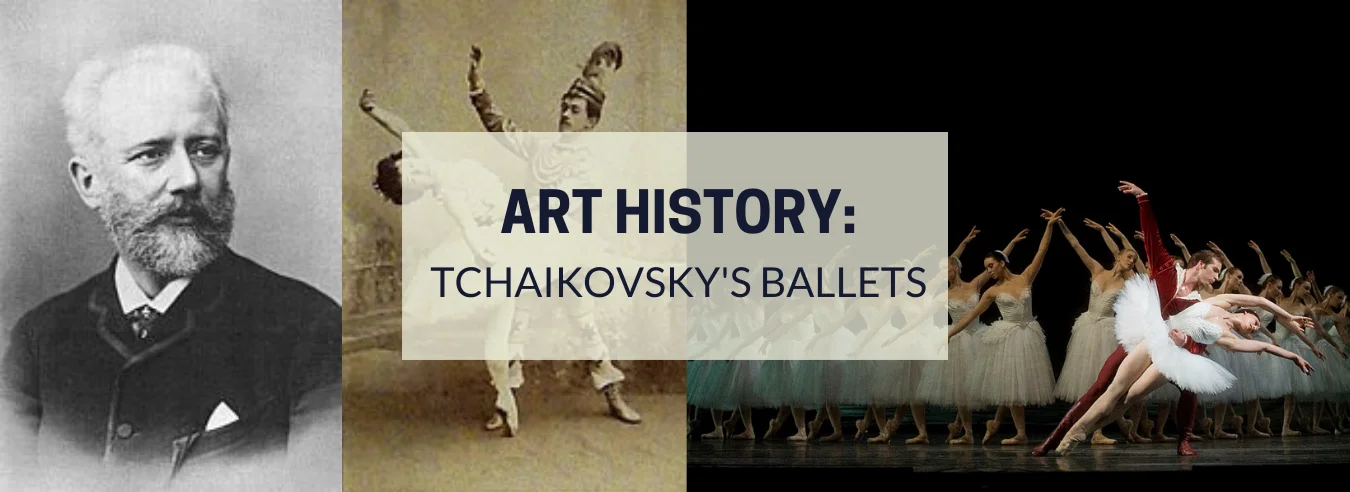With spring in the air, one usually thinks of the flowers and trees in bloom.…
Misty Copeland: Born to Dance
American Ballet Theatre is one of the most prestigious ballet companies in the world, with a history that spans almost a century. Despite its long history and many accolades, it wasn’t until seventy five years after its founding that ABT appointed an African American woman as a Principal Dancer for the first time. The woman who achieved that history-making title and recognition is Misty Copeland.2015 was an enormous year for her: she took center stage as prima ballerina, a documentary on her life – A Ballerina’s Tale – was released and she was featured on the cover of TIME magazine as part of the TIME 100. Many who have closely watched her flourishing career from the very beginning have described her as a prodigy. However, referring to her as such almost feels like a dismissal of her hard work, dedication and the difficult journey she had to take to get to where she is today.
Misty Copeland was born in Missouri but spent most of her youth in California. Her single mother, Sylvia DeLaCerna settled down in San Pedro, working full time to help her family get by. Knowing that there would be gaps between the time school let out and when she would be able to get home from work, she wanted to make sure that her daughter was safe and occupied. She arranged for Copeland and her siblings to spend their afternoons at the Boys and Girls Club. It was there that Copeland’s path to prima ballerina began.
Copeland didn’t take dance classes in her early childhood, but she would spend hours in her backyard creating dance routines to her favorite Mariah Carey songs. When Copeland was 13, dance teacher Cynthia Bradley noticed her watching her ballet class from afar. Bradley encouraged Copeland to join the next class, and the teen quickly took a liking to ballet. Copeland’s mother had once been a dancer and a cheerleader herself, but had to give them up when she became a mother. Now she was seeing her daughter discover dance and wanted to encourage that burgeoning interest. As the sole breadwinner and with four children in her care, their strained financial situation forced her to make tough decisions. The family was living in a motel, and without a car, getting her daughter to Bradley’s dance class required them to take a two hour bus ride to and from the studio. When she told Copeland that she was going to have to stop attending the dance class, she was devastated.
Bradley had watched Copeland dance, had seen how she had come alive, and knew that she was destined for greatness. She refused to let someone with such extraordinary potential slip away. Bradley offered Copeland a full ride scholarship to train at her studio and, to make travel easier, wanted Copeland to come live with her. With some hesitation, DeLaCerna relented, wanting Copeland to have the opportunity to pursue her passion. She set one condition: that Copeland would return home once she was able to buy herself a car and could drive her to the studio herself. That day never came, andhe more Copeland became immersed in the world of ballet, the further she slipped away from her mother.
Bradley saw enormous talent in Copeland and felt that only she could nurture it. Copeland was showered with books on ballet, exposed to the talent of George Balanchine’s Gelsey Kirkland, and surrounded by arts and culture that she otherwise never would have experienced, all while continuing to train and develop her own budding talent.. Bradley and her tight-knit family also provided Copeland with a loving and stable home life, something that had been lacking before. This fact would niggle at Copeland’s mother, causing her to resent the arrangement.
By the time she was 15, Copeland had been named the “Best Young Dancer” by the Los Angeles Times, the iconic Debbie Allen had choreographed her in The Hot Chocolate Nutcracker, and six dance companies wanted her in their summer programs. It seemed that everyone was in agreeance: Copeland was born to dance.
Copeland accepted San Francisco Ballet’s offer and continued her training there. Her mother saw this success as proof that Copeland could make it on her own, and she began searching for a new dance teacher closer to home. This further drove a wedge between Bradley and DeLaCerna, ultimately resulting in a highly publicized custody battle. In the end, Copeland returned home to her mother where she knew deep down that she belonged. She lost touch with the Bradley’s for several years after she left, but she never forgot how they had welcomed her into the world of ballet and encouraged her to dream big.
When Copeland turned 18, she accepted an offer at ABT and her life changed forever. She continued to impress during every performance and was soon promoted to a soloist. She had achieved her goal of getting into her dream dance company, but the road ahead would prove to be difficult. A lumbar stress fracture put her out of commission for a year, during which she developed an eating disorder brought on by her changing body and a damaged self-image. Early in her career at ABT, she was also the only African American woman in the company, and with her family thousands of miles away, she became increasingly isolated. Susan Fales-Hill, who was on ABT’s Board of Directors, took her under her wing and mentored her through this difficult time. Copeland persevered and went on to dance on television, Broadway, and all over the country and the world,among her accomplishments.
Looking back at her life and her career, Copeland credits the presence and support of two strong women in her life: Cynthia Bradley, who opened the curtains to the ballet stage, and her mother, who cheered her on from the wings. Although it was Bradley who sparked the fire and stoked her passion for dance, it was Copeland’s mother who always stressed the importance of her studies. Through all of her training, rigorous rehearsals, and recitals in high school, Copeland maintained her outstanding 3.8 GPA. Her life has been rich in the arts and further enhanced by her formal education, thanks to the nurturing hands of the women in her life.




